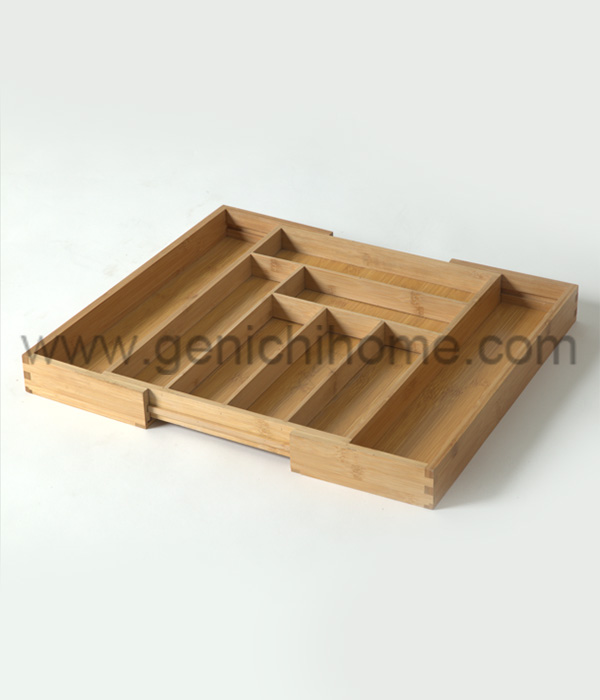Our wooden rolling pins differ from other products in their ergonomic design. We have carefully designed this product to provide control and comfort. ...
See DetailsIn the industrial field, whether a storage box can withstand chemicals or high temperature environments depends on its material, design and manufacturing process. Different application scenarios have very different performance requirements for storage boxes, especially when it comes to chemical contact or high temperature environments, it is crucial to choose the right storage box. The following is a detailed analysis:
Chemical resistance
Plastic storage box
Polypropylene (PP)
Polypropylene has good acid and alkali resistance and chemical corrosion resistance, and is suitable for storing dilute acids, alkaline solutions or other weakly corrosive chemicals.
However, polypropylene has poor tolerance to strong oxidants (such as concentrated nitric acid or concentrated sulfuric acid), and long-term contact may cause material degradation.
High-density polyethylene (HDPE)
HDPE has excellent chemical resistance, especially strong tolerance to most acids, alkalis, salt solutions and organic solvents.
Commonly used in the chemical industry, suitable for storing moderately corrosive chemicals.
Polycarbonate (PC)
PC material has high strength and transparency, but its chemical resistance is relatively weak and is easily corroded by certain solvents (such as ketones or aromatic hydrocarbons).
Metal Storage Boxes
Stainless Steel
Stainless steel (especially 316 stainless steel) is highly resistant to corrosion and can withstand strong acids, strong alkalis and salt spray environments.
In the chemical industry, stainless steel storage boxes are often used to store highly corrosive chemicals such as chlorides or sulfuric acid.
Galvanized or Coated Steel
Galvanized steel or metal storage boxes with anti-corrosion coatings can resist certain chemical corrosion, but may fail in strong acid or alkali environments.
Other Materials
Fiberglass Reinforced Plastic (FRP)
FRP storage boxes are highly resistant to chemicals and can withstand a variety of strong acids, strong alkalis and organic solvents.
Commonly used in chemical plants or laboratories, suitable for storing highly corrosive chemicals.
Ceramic or Glass

Ceramic and glass materials are highly resistant to chemicals, but are fragile and not suitable for frequent handling or high-intensity use.
High Temperature Resistance
Plastic Storage Boxes
Polypropylene (PP)
Polypropylene is generally resistant to temperatures ranging from -20°C to 120°C, and can withstand higher temperatures (about 140°C) for short periods of time.
Suitable for general industrial high temperature environments, but not for extreme high temperature scenarios.
Polytetrafluoroethylene (PTFE)
PTFE has extremely high temperature resistance (up to 260°C) and excellent chemical corrosion resistance.
Suitable for special scenarios that require both high temperature resistance and chemical resistance.
Polyamide (PA, nylon)
Nylon has a temperature resistance range of 80°C to 150°C, depending on the degree of modification.
It may absorb moisture or deform in high temperature environments, so use with caution.
Metal storage boxes
Stainless steel
Stainless steel (especially 316 stainless steel) is able to remain stable at high temperatures, and the temperature resistance range is generally -196°C to 800°C.
It can still resist oxidation and chemical corrosion in high temperature environments, and is suitable for industrial furnaces or heat treatment scenarios.
Aluminum alloy
The temperature resistance range of aluminum alloy is about -200°C to 200°C, which is suitable for low or medium temperature environments.
It may soften or lose strength at high temperatures.
Other materials
Ceramics or glass
Ceramics and glass have excellent temperature resistance and can withstand temperatures up to hundreds of degrees Celsius.
However, their brittleness limits their widespread use in the industrial field.
Composite materials
Some high-performance composite materials (such as carbon fiber reinforced plastics) have excellent high-temperature resistance and are suitable for aerospace or high-temperature industrial applications.
Influence of design and structure
Sealing performance
In chemical or high-temperature environments, the sealing performance of storage boxes is crucial. High-quality sealing strips or lid designs can prevent chemical leakage or external contamination.
For volatile chemicals, storage boxes may need to be equipped with explosion-proof or pressure relief devices.
Pressure resistance
Under high temperature or high pressure conditions, storage boxes need to have sufficient mechanical strength to avoid deformation or cracking.
Rib design or double-layer structure can improve the pressure resistance of storage boxes.
Surface treatment
Surface coating or plating can significantly improve the chemical and high temperature resistance of storage boxes. For example:
Epoxy resin coating: Enhance corrosion resistance.
High-temperature paint: Improve temperature resistance.
By selecting appropriate materials and designs based on actual needs and paying attention to daily maintenance, the reliability and safety of storage boxes in harsh industrial environments can be ensured.